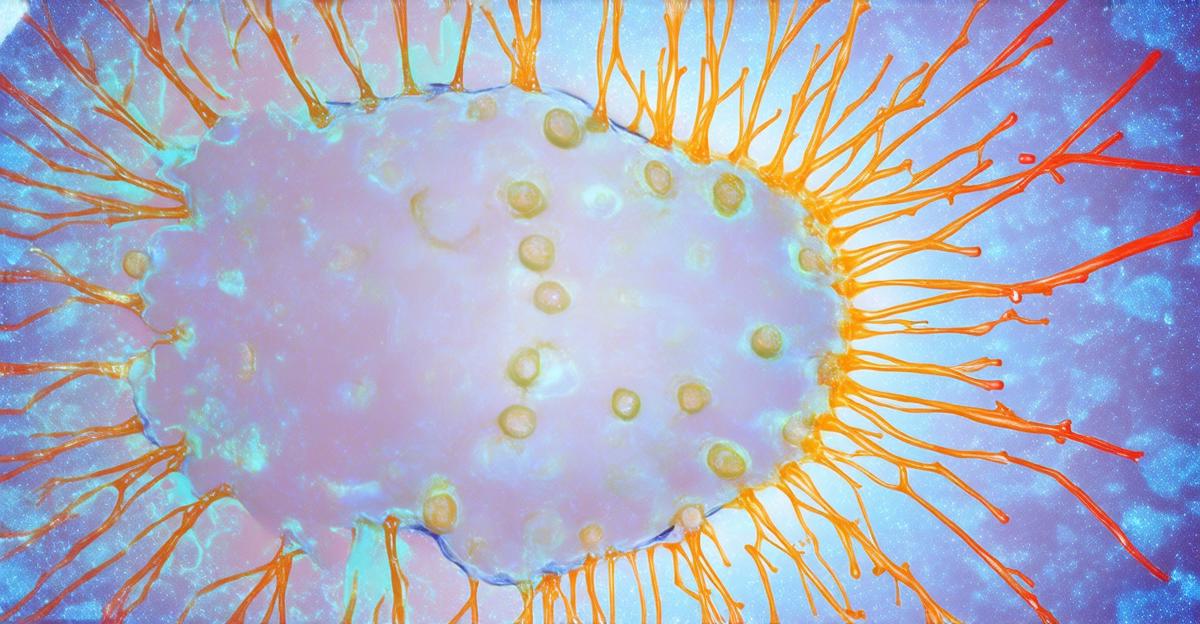In a significant study published on January 1, 2025, in Nature, scientists at the Allen Institute in Seattle have made substantial progress in understanding how our brains age. This research, funded by the National Institutes of Health (NIH), provides unprecedented insights into the aging process of brain cells and could pave the way for new treatments to maintain cognitive function as we age.
Comprehensive Methodology
The study employed an extensive and meticulous approach:
- Sample Collection: Researchers analyzed brain tissue from young adult (2 months old) and aged (18 months old) mice of both sexes, covering 16 broadly dissected regions across the forebrain, midbrain, and hindbrain.
- Single-Cell RNA Sequencing: Using the 10x Genomics Chromium platform, the team performed single-cell RNA sequencing on approximately 1.2 million high-quality single-cell transcriptomes.
- Cell Type Identification: Cells were annotated using the Allen Brain Cell–Whole Mouse Brain atlas (ABC-WMB atlas), resulting in the identification of 172 unique transcriptomic subclasses.
- Differential Expression Analysis: Age-associated differentially expressed genes were calculated using the MAST (Model-based Analysis of Single-cell Transcriptomics) statistical framework.
- Spatial Transcriptomics: To confirm cell-type-specific changes, the team generated spatial transcriptomics datasets using Resolve Biosciences’ Molecular Cartography platform.
Key Findings
- Cell-Type Specific Changes: The study revealed numerous cell-type-specific changes in gene expression across both neuronal and non-neuronal cell types, many occurring in sparse populations often overlooked in previous studies.
- Depletion of Immature Neurons: Certain types of immature neurons were found to be depleted in aged tissue, particularly in regions associated with adult neurogenesis.
- Decreased Neuronal Signaling: Many neurons, oligodendrocytes, and astrocytes showed decreased expression of genes related to neuronal signaling and structure.
- Increased Inflammatory Response: Immune cells, as well as some other non-neuronal and neuronal types, displayed increased expression of inflammatory and immune response genes.
- Hypothalamic Changes: Extensive gene expression changes were observed in cell types surrounding the third ventricle of the hypothalamus, including tanycytes, ependymal cells, and specific neuron types involved in feeding behavior and energy homeostasis.
- Vascular and Immune Cell Alterations: The study found diverse responses in vascular cell types to aging and identified pro-inflammatory age-enriched microglia clusters.
- Oligodendrocyte Aging: Two previously undescribed aging-enriched mature oligodendrocyte clusters were identified, predominantly found in the hindbrain.
Implications for Future Research
Dr. Richard J. Hodes, director of NIH’s National Institute on Aging, emphasized the significance of these findings: “This new map may fundamentally alter the way scientists think about how aging affects the brain and also provides a guide for developing new treatments for aging-related brain diseases.”
The comprehensive nature of this study, covering a wide range of cell types across multiple brain regions, provides a robust foundation for future research into age-related cognitive decline and neurodegenerative diseases. By identifying specific cell types and molecular pathways affected by aging, this work opens new avenues for targeted interventions to maintain brain health into old age.
As we step into 2025, these advancements in neuroscience research offer hope for better understanding and treating age-related brain disorders, potentially leading to improved quality of life for millions of people worldwide.
[1] Jin, K., Yao, Z., van Velthoven, C.T.J. et al. Brain-wide cell-type-specific transcriptomic signatures of healthy ageing in mice. Nature (2025). https://doi.org/10.1038/s41586-024-08350-8









